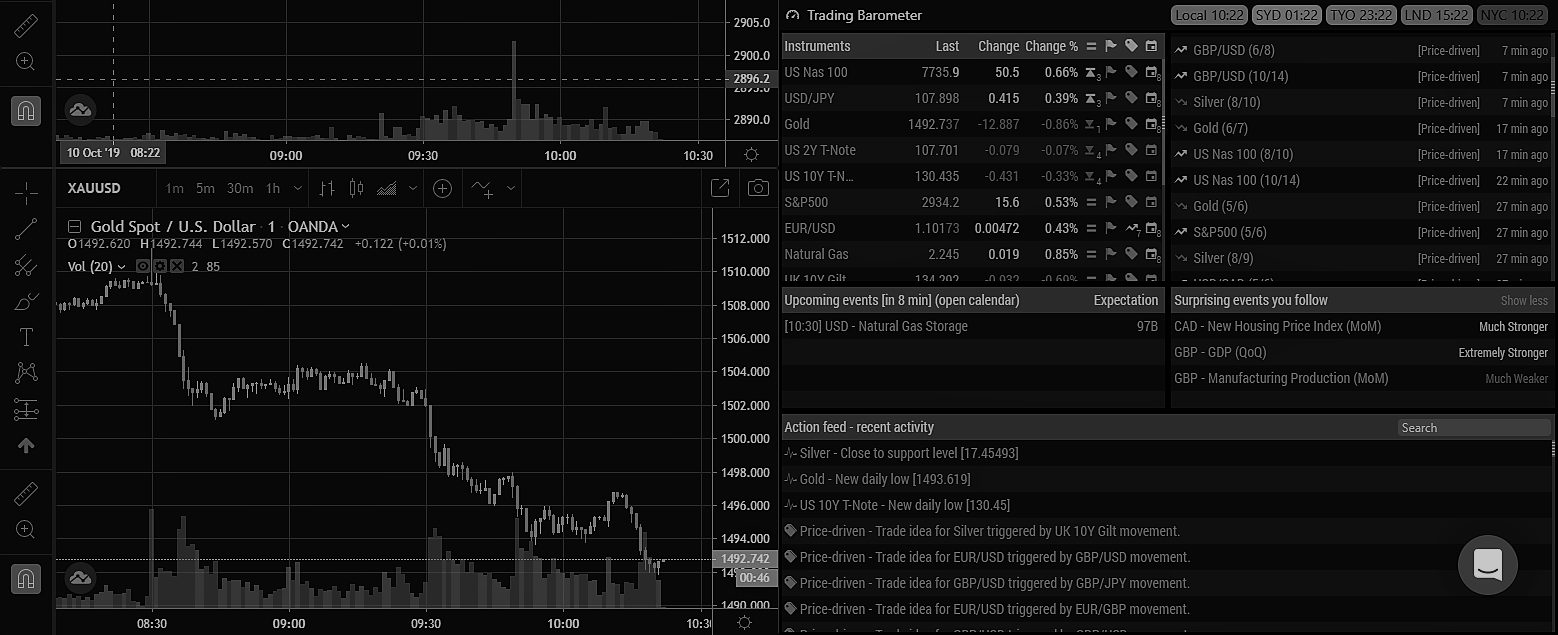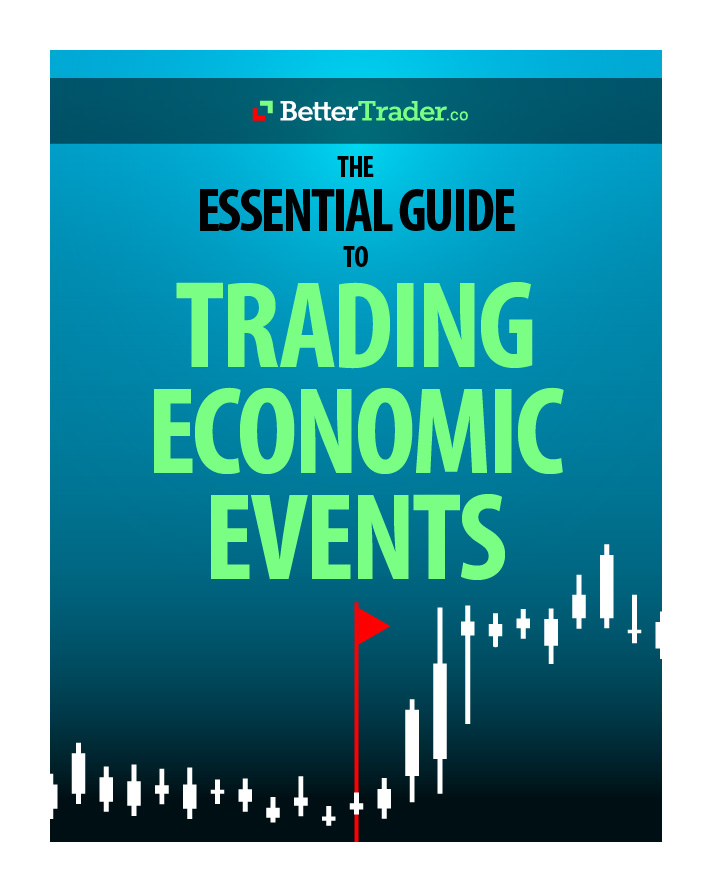What is a Futures Spread?
A futures spread is a trading technique in which a trader takes two positions at the same time in order to take advantage of a difference in price for profit. Two types of spreads that can be taken is an Inter-Commodity Futures Spread and an Intra-Commodity Calendar Spread.
Inter-Market Futures Spread
An Inter-Market Futures spread involves opening a total of two positions in different markets. An example would be Gasoline vs. Oil. If you believe that Gas will see an increase in price then you buy Gas and sell oil. You now don’t care if the price of gas nor oil goes up or down. You strictly care about seeing the price of gas appreciate over the price of oil. In a situation where both go down you want to see Gas be more resistant to the loss while if both go up you want to see Gas increase higher than oil.
This strategy is used to tie two separate, but related, markets together to help decrease the risk of holding one position alone.
Intra-Market Calendar Spread
Intra-Market Calendar Spreads, also known as calendar spreads, is a futures contract in the same market but with expiration dates in different months (i.e. January Oil vs. June Oil). For this spread setup you will be long one month and short the other. If you are long the first month it is called a Bull Futures Spread and if you are short the first month it is called a Bear Futures Spread. In each situation, you must take the opposite position in the later month for it to be a spread.
This strategy relies on the idea that typically the closer you are to the expiration date the farther and faster the price will move. In a bull spread you benefit from the price rising while in a bear spread you benefit from the price declining. Since the closer month typically moves farther and faster then the profit from the closer contract will outweigh the loss of the second thus increasing the spread and ultimately increasing profit.
Note: What is the Futures market?
The futures market was first organized in 1710 at the Dojima Rice Exchange in Osaka, Japan. Now trading with an average daily volume greater than 14 million the futures contract allows the trader to guarantee a quantity of goods to be delivered for a predetermined price at a future date
Trading futures can provide a large amount of risk due to the volatility and leverage of the market. With leverage as high as 10x you become susceptible to large losses very quickly if you are not careful. The volatility of the market doesn’t help, a given contract may close and reopen at two completely different values which creates a large risk in holding any given contract overnight. This results in more trades occurring during the day which creates more volume and increases the likelihood that the price will move throughout the day.
In the futures market, you are able to buy or sell positions for any asset, commodity, or currency in the market. This new position then follows the same principles as any given contract does with relation to being long or short, meaning it has the same associated risks. The benefit of the futures market is the ability to open spread positions to defend against the risk of the market.
Next article: How to Trade Futures With Small Accounts: Trading with E-Mini and E-Micro Futures














